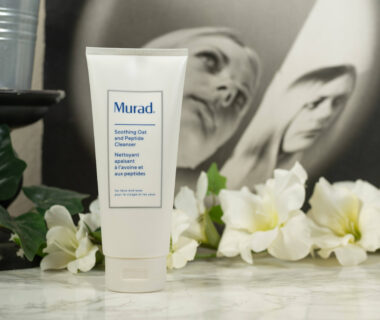ADVERTISEMENT INFO: SOME PRODUCTS MENTIONED IN THIS POST ARE PR (GIFTED) AND LINKS USED ARE AFFILIATE LINKS. I RECEIVED NO MONEY TO WRITE THE BLOGPOST. PLEASE READ DISCLAIMER
In my recent blogpost on the 10 best ingredients to fight hyperpigmentation I realized that two mentioned didn’t have a dedicated video yet – Licorice Root Extract and Kojic Acid. (More info: The ten best ingredients to fight hyperpigmentation)
Time to change that, especially now that many of us are struggling with leftover pigmentation from our summer holidays, starting with Licorice Root or Süßholz as we in Germany call it.

Let’s talk about why Licorice Root Extract could be beneficial for hyperpigmentation, if it also helps against acne, what you need to look for in your products and which percentage is actually the best one!
Is it an ingredient you have experience with?
What are Licorice Root and Licorice Root Extract?
Licorice is a herb that is native to the Mediterranean region, central to southern Russia and Asia minor to Iran, but that is nowadays widely cultivated around the world.
Its root has long been used in herbal medicine for a variety of things and as a natural sweetener, and it is not uncommon to see people chew on Licorice Root as a treat.
When we refer to Licorice Root Extract in skincare, we usually refer to the alcoholic extract from the root of Glycyrrhiza glabra, but there are 30 different species of this plant with different compounds, all of which could potentially be used to create an extract.

Image by Husky Kuma from Pixabay
What does Licorice Root Extract do in skincare
Traditionally Licorice Root Extract has been used to treat inflammatory and allergic skin conditions, infections and wounds, but the more recent focus lies on its effects against various forms of hyperpigmentation like age spots or melasma. (More info: The different forms of hyperpigmentation explained)
Various compounds of Glycyrrhiza glabra seems to have antiinflammatory effects through an effect on the bodies own glucocorticoids – they slow down the rate by which they are metabolized, meaning the glucocorticoids stay around longer and have their antiinflammatory effect for longer – as well as through antioxidant activity.
Other compounds inhibit melanin production by inhibiting Tyrosinase, an enzyme needed to build the melanin pigment, with some of them also having an effect of melanin distribution to the cells.
In short, Licorice Root Extract can reduce inflammation from acne or other conditions, reduce the amount of postinflammatory erythema or hyperpigmentation via that and has an effect on already existing hyperpigmentation. (More info: What is the difference between Postinflammatory Erythema and Postinflammatory Hyperpigmentation?)
It also seems to help with skin healing after burns.

Is there any science behind Licorice Root Extract in skincare
There are various studies done on the effects of Licorice Root Extract in skincare and its individual components, most of them either in vitro or on animals. (My sources are listed below this article)
Since 1976, when Glabridin as component of the extract was first described, more and more studies have focused on individual components rather than the extract that can, as we all know, greatly vary in what it actually contains.
The main problem we have with the data available is that concentrations used and method of application varied, making it difficult to compare results.
What we can say though is that Glabridin as one component has shown antiinflammatory and antioxidant effects and, in higher concentrations, acts as Tyrosinase-Inhibitor, as does Glabrene and that Isoliquiritigenin acts as Tyrosinase-Inhibitors as well as hindering the distribution of melanin to the cells.
The actual best form of topical application for effects on the skin is also still under investigation, with promising results with liposomes and hyalurosomes. Plain application without any extras seems to get you results as well though.
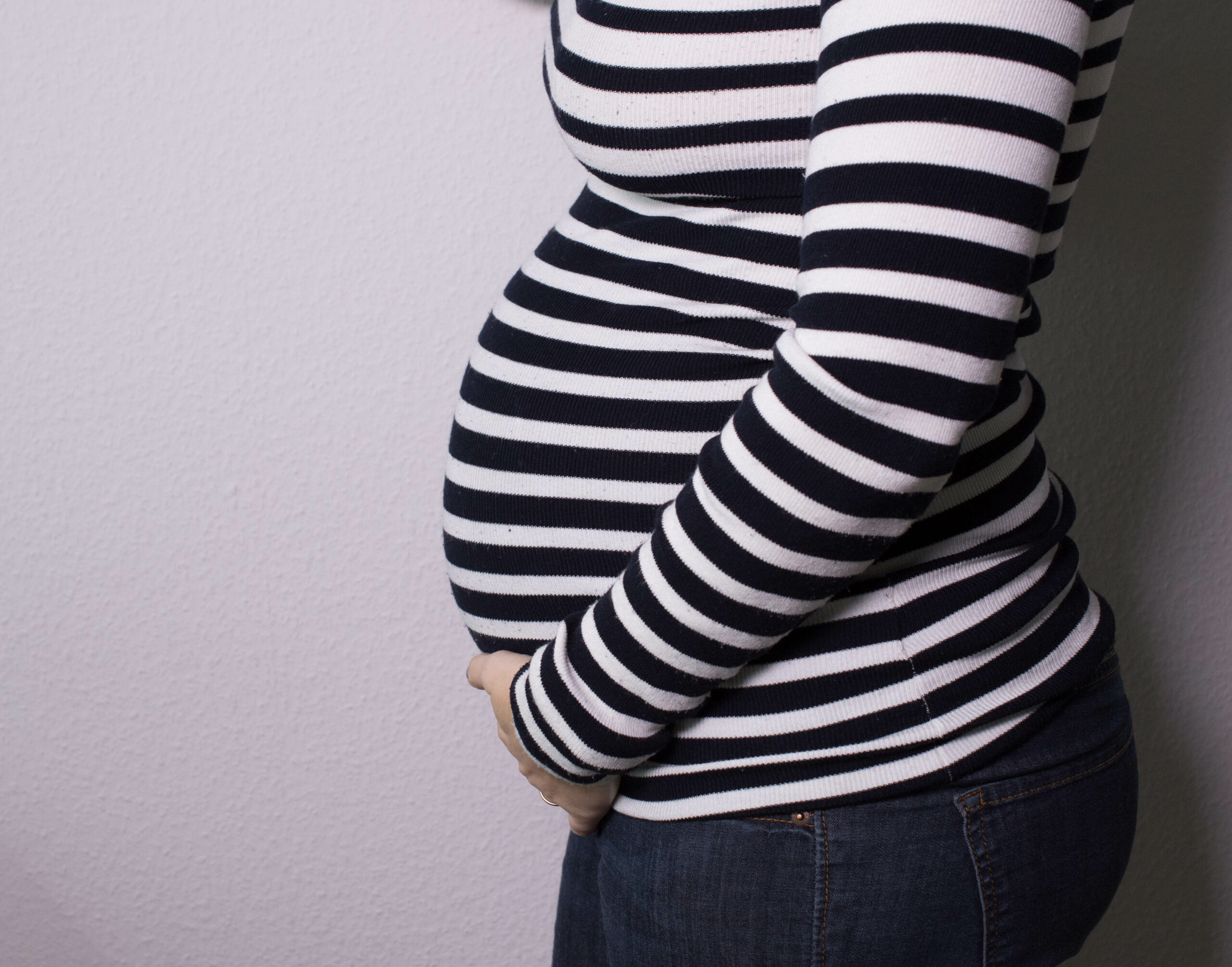
Are there side effects of Licorice Root Extract? Is it safe in pregnancy and breastfeeding?
Licorice Root Extract applied topically is actually very safe, the only thing that might happen is that you are allergic to one or several components, so patch testing is always recommended. There are no warnings against applying it during pregnancy or breastfeeding, obviously excluding the area you are actually breastfeeding with – you don’t want your baby to eat your skincare.
Oral Licorice Root, especially when consumed in large amounts, can have serious side effects though with severe hypertension or high blood pressure and blood electrolyte disturbance. Not a concern for me, as I think it tastes absolutely vile anyway, but something to keep in mind when you like to chew on it.
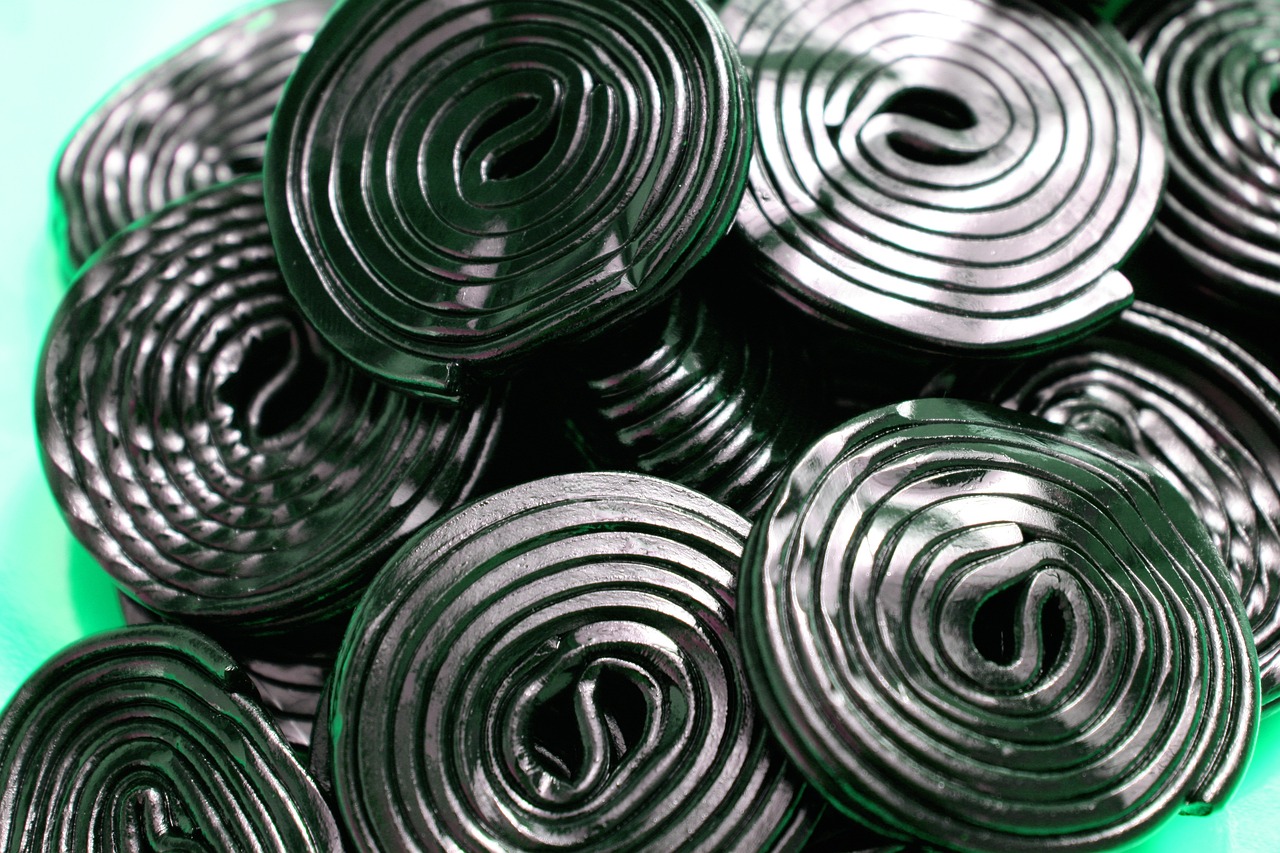
Image by Nat Aggiato from Pixabay
Which percentage is the ideal one to use?
The ideal percentage of Licorice Root Extract to look for in your skincare is hard to tell. There was one study comparing the effects on hyperpigmentation in actual people using a 10%, a 20% and a 40% concentration cream that showed the best effect at 10%, but this study was small and the amount of active components not determined, meaning we lack important data as extracts can vary greatly in strength.
In cosmetics, something called “Glabridin-40” is often used, which is the extract enriched with Glabridin as active component.
But quite frankly: Most brands don’t tell you the percentage anyway, which is fair as I wouldn’t be able to recommend you one to look for.
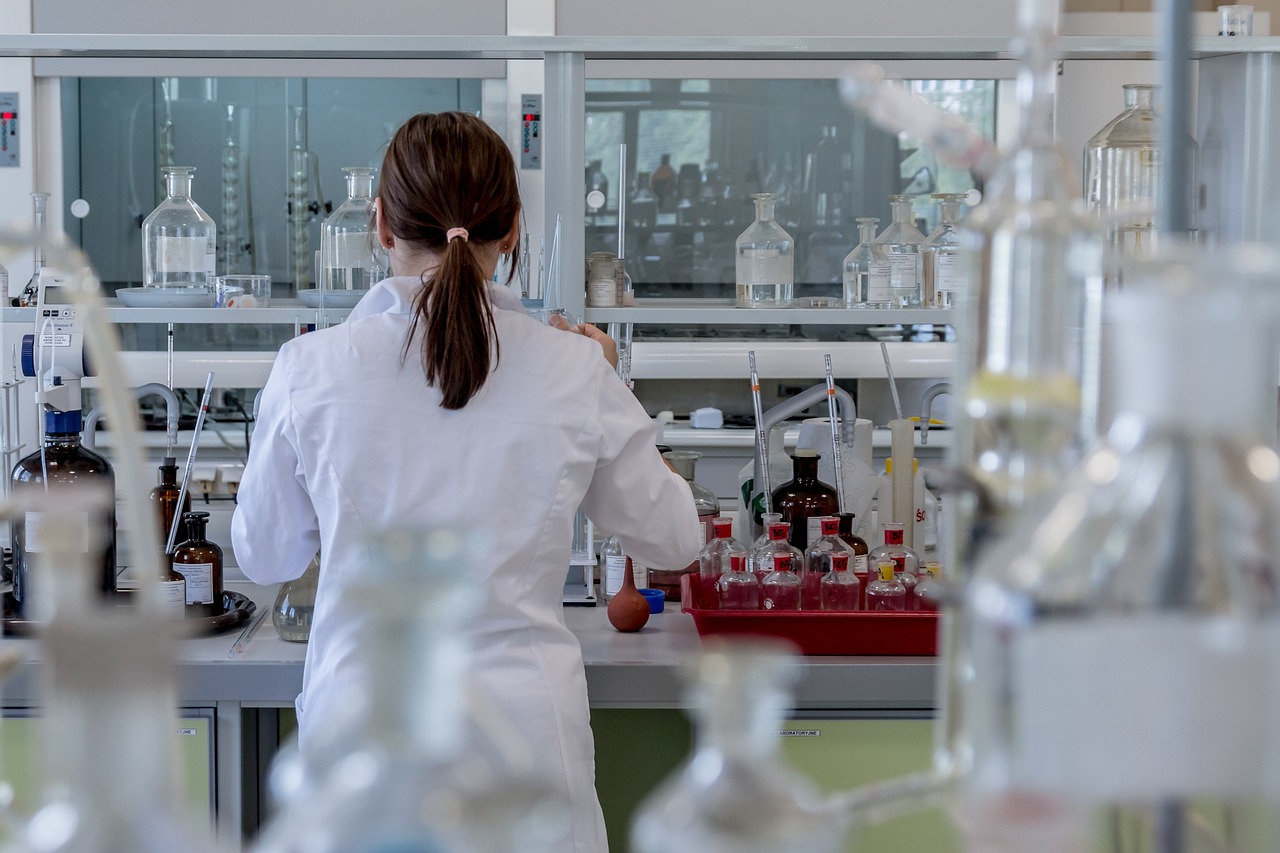
Image by Michal Jarmoluk from Pixabay
Which are the active components we should look out for?
When you try to determine by looking at the ingredient list which products could potentially be good for you, look for Licorice Root Extract, for Glycyrrhiza glabra Extract, for Dipotassium Glycyrrhizate, for Glabridin, for Glabridin-40, for Glabrene or for Isoliquiritigenin.
All these give you information that there is either Licorice Root Extract or one of its active components inside. Especially when you want an effect on your hyperpigmentation, added Glabridin is probably helpful as it works as Tyrosinase-Inhibitor better in higher concentrations. (More info: The best way to read an ingredient list)
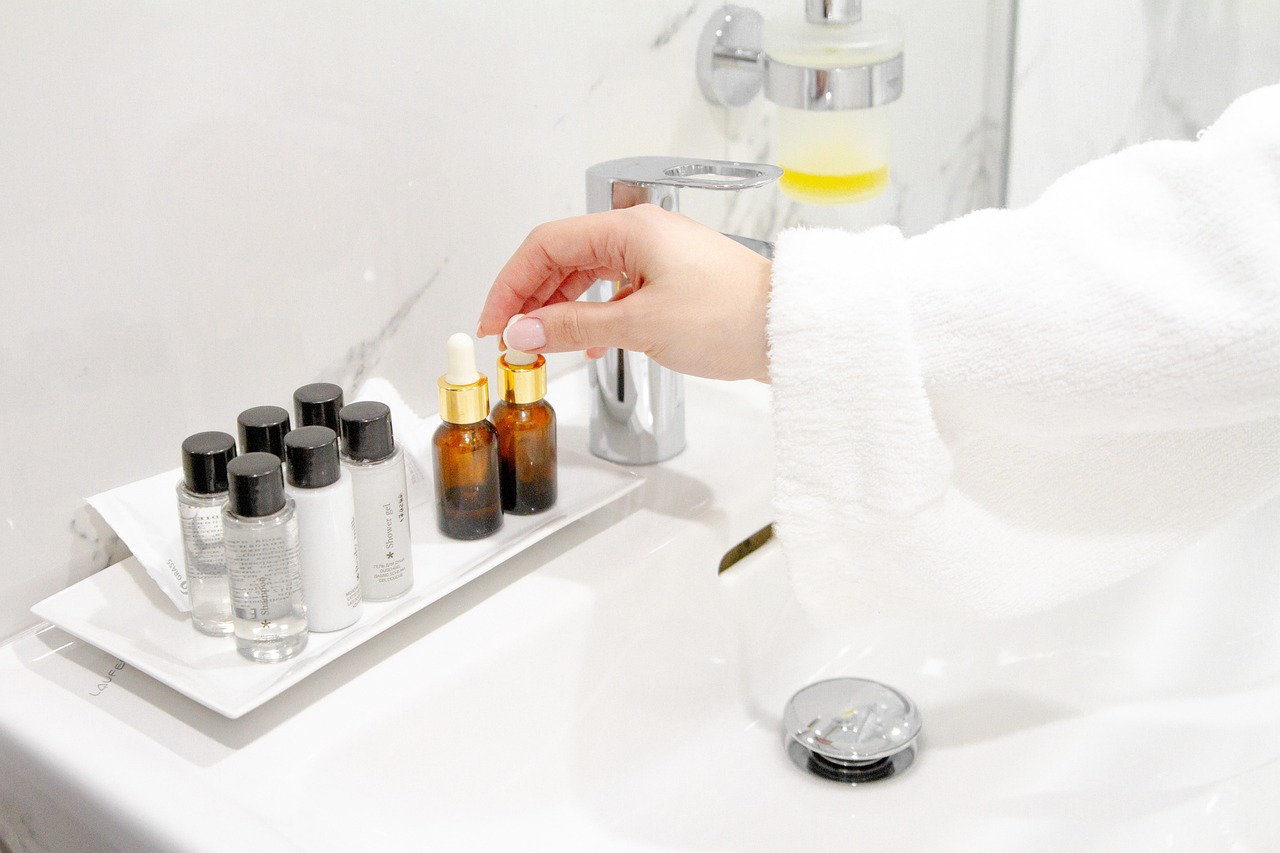
Image by olga volkovitskaia from Pixabay
Which ingredients can Licorice Root Extract be combined with and which not?
Licorice Root Extract is a very stable ingredient and can be paired with anything without you needing to worry about side effects. The only thing it doesn’t like is an alkaline environment, so a pH higher than 7. It also loses its antioxidant potential when exposed to oxygen for larger periods of time, same as any other antioxidant would – but not as quickly as Vitamin C does. (More info: The best way to layer your skincare)
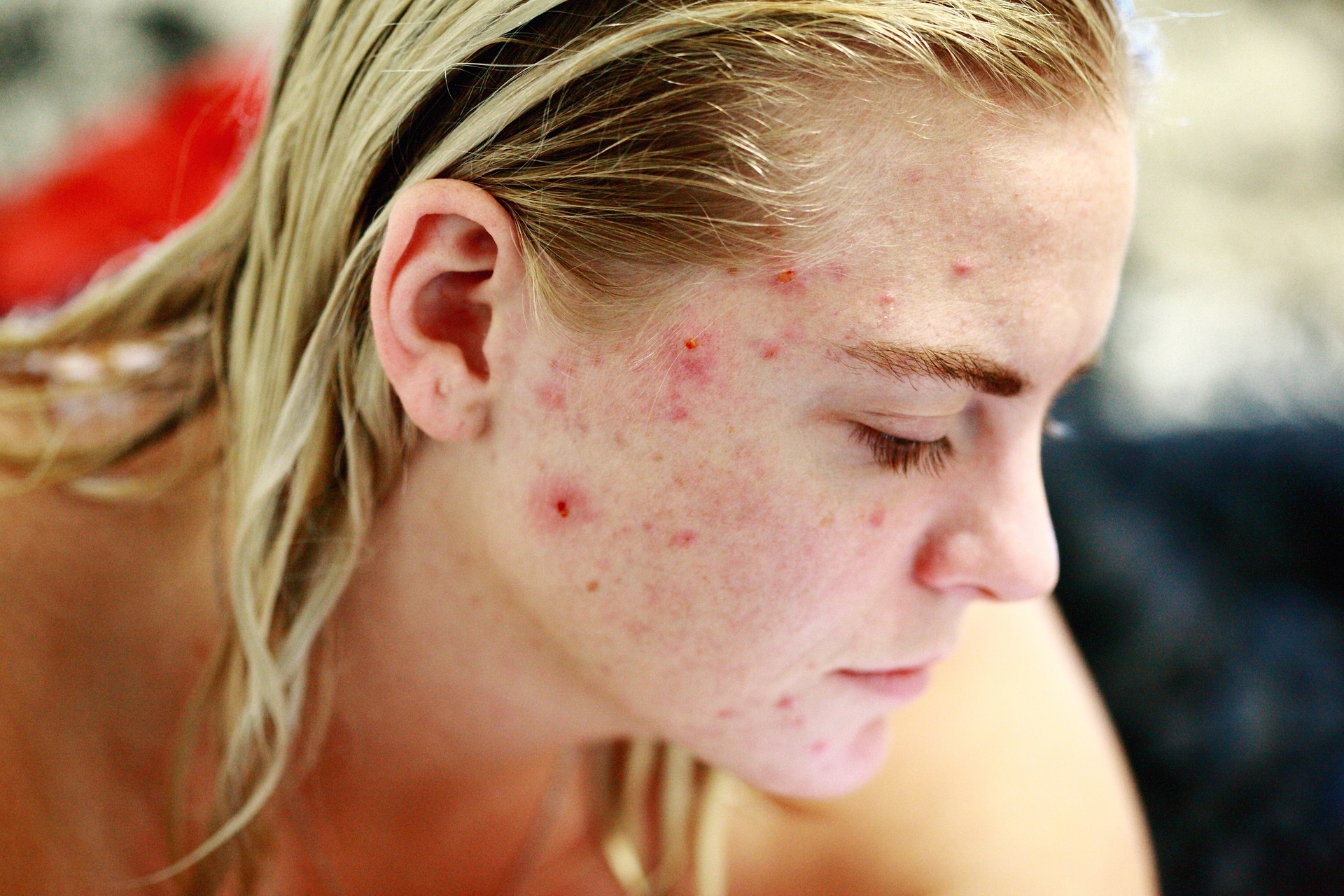
Image by Alexander Grey from Pixabay
Does Licorice Root Extract help against acne and post inflammatory erythema?
The antiinflammatory effect Licorice Root Extract and especially Glabridin have make it interesting for use in acne and to prevent both post inflammatory erythema and post inflammatory hyperpigmentation. Less inflammation means less residues.
Another potential beneficial effect, but one we only have very weak data on, is that another component of the Licorice Root Extract, Licochalcone A, regulates sebum production, which could help with acne.
In summary: It might be helpful, but only as additive, not as first line therapy for acne or post inflammatory erythema.

Products with Licorice Root Extract – is it better to use multi ingredient formulas or main ingredient products?
Now before I tell you some products that contain Licorice Root Extract, let me first quickly address the question if single ingredient formulas or multi ingredient formulas are better. The answer is: It depends. While a high concentration in Glabridin will probably yield better results when it comes to targeting hyperpigmentation, I personally would reach for multi ingredient products for the following reason: Pigmentation needs a multi-step approach, and among the ones with potential benefits, Licorice Root Extract is surely not the most potent. But too many steps simply mean that you are less likely to do them all, so having your main player – in my case Tretinoin and Vitamin C – separate and combining other helpful ingredients like Tranexamic Acid, Alpha-Arbutin, Niacinamide or Licorice Root Extract in another is the most efficient way to go. Same goes for soothing the skin – here a combination with Centella Asiatica, Green Tea and Panthenol would be promising.
With that in mind, here are a few products:
face theory Exaglow S10 Serum (30 ml for 32 €, full review here) combining Tranexamic Acid, Lactic Acid, Licorice Root Extract and a Vitamin C derivative. It has a really nice, lightweight texture, so great for layering. The Alpha-H Advocate Vitamin C Serum (25 ml for 56,95 €, full review here) combines it with a Vitamin C derivative, and the Glow Recipe Watermelon Glow Moisturizer (60 ml for 39 $, full review here ) has some added as well.
If soothing the skin is what you are looking for the PURITO Centella Unscented Serum (60 ml for 21 $, full review here) pairs it with Centella Asiatica as well as Green Tea Extract, and the same is true for the Beauty of Joseon Calming Serum (30 ml for 17 $) pairing it with Green Tea and Panthenol.
But honestly, it is in a lot of products for soothing and brightening already – fun fact, it is together with Aloe Vera Extract the botanical extract most commonly used in sunscreens – , so best check your products, you might be using it already.
TL;DR
Licorice Root Extract has long been used in traditional medicine to treat different skin diseases and has more recently gained traction to target hyperpigmentation and to soothe the skin. The main player here seems to be Glabridin, which has anti inflammatory and antioxidant properties, but at higher concentrations also inhibits melanin production by inhibiting Tyrosinase, but other components of the extract seem to hinder melanin production and distribution as well.
While oral overconsumption could have severe side effects, topical application is generally safe for everyone, pregnancy and breastfeeding included, and easy to combine with other ingredients as it is very stable.
If you are looking for skin soothing or skin brightening, it might be an interesting ingredient to add to your other actives.

Sources
Kwon, Y. J., Son, D. H., Chung, T. H., & Lee, Y. J. (2020). A Review of the Pharmacological Efficacy and Safety of Licorice Root from Corroborative Clinical Trial Findings. Journal of Medicinal Food, 23(1), 12–20. https://doi.org/10.1089/JMF.2019.4459
Nassiri Asl, M., & Hosseinzadeh, H. (2008). Review of pharmacological effects of glycyrrhiza sp. and its bioactive compounds. Phytotherapy Research, 22(6), 709–724. https://doi.org/10.1002/PTR.2362
Simmler, C., Pauli, G. F., & Chen, S.-N. (2013). Phytochemistry and Biological Properties of Glabridin. https://doi.org/10.1016/j.fitote.2013.07.003
Zabihi, M., Hatefi, B., Ardakani, M. E., Ranjbar, A. M., & Mohammadi, F. (2023). Impact of licorice root on the burn healing process: A double-blinded randomized controlled clinical trial. https://doi.org/10.1016/j.ctim.2023.102941
Shop the post
Don’t forget to check out the Discount Code Page on top if you want to save some money on your next skincare purchase.
If you want to get a vote in the next Ask Doctor Anne Topic, Ingredient Spotlight or product I review, don’t forget you can head over to my Patreon account to get more involved!

